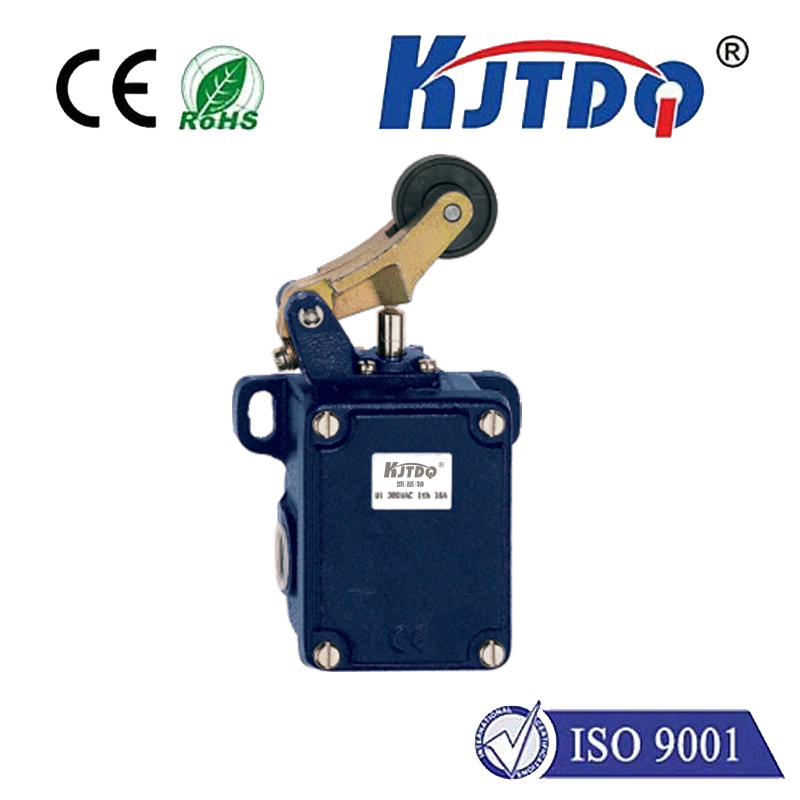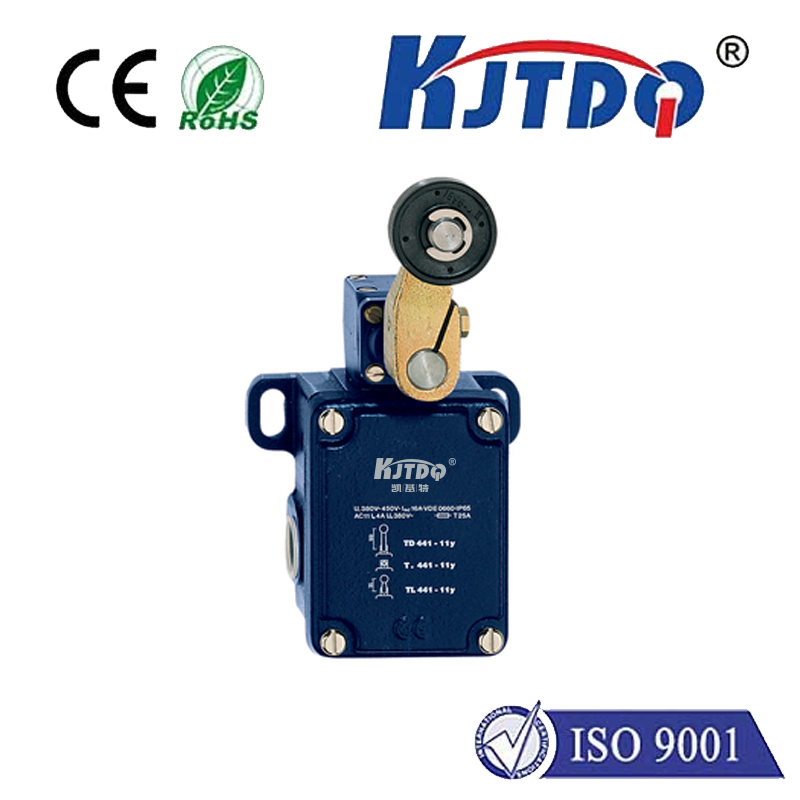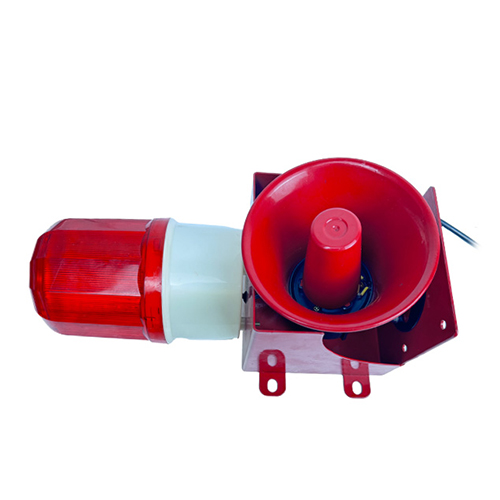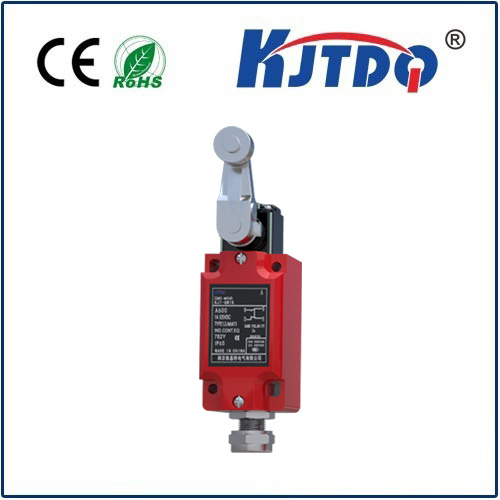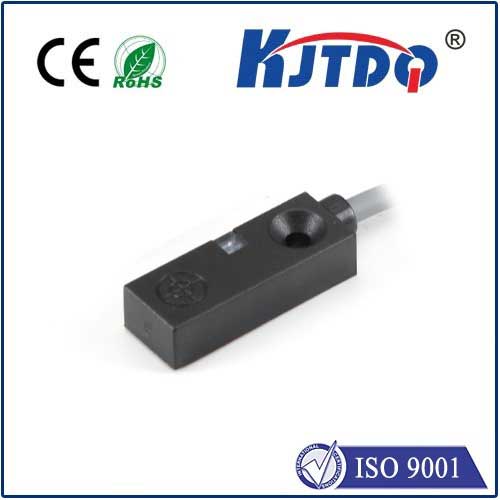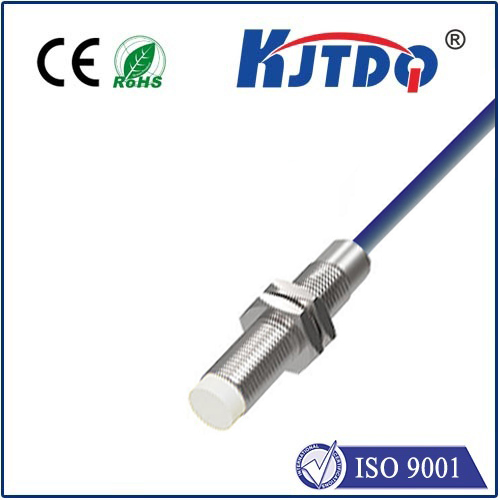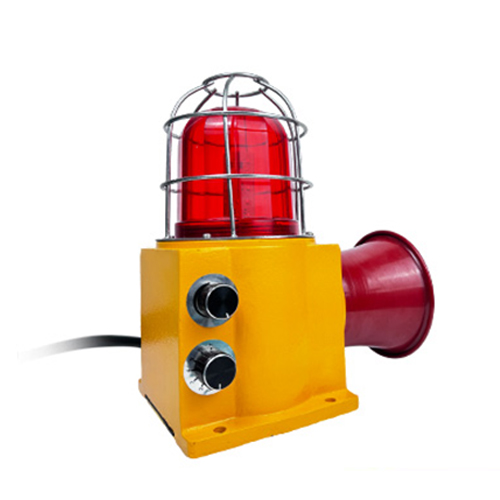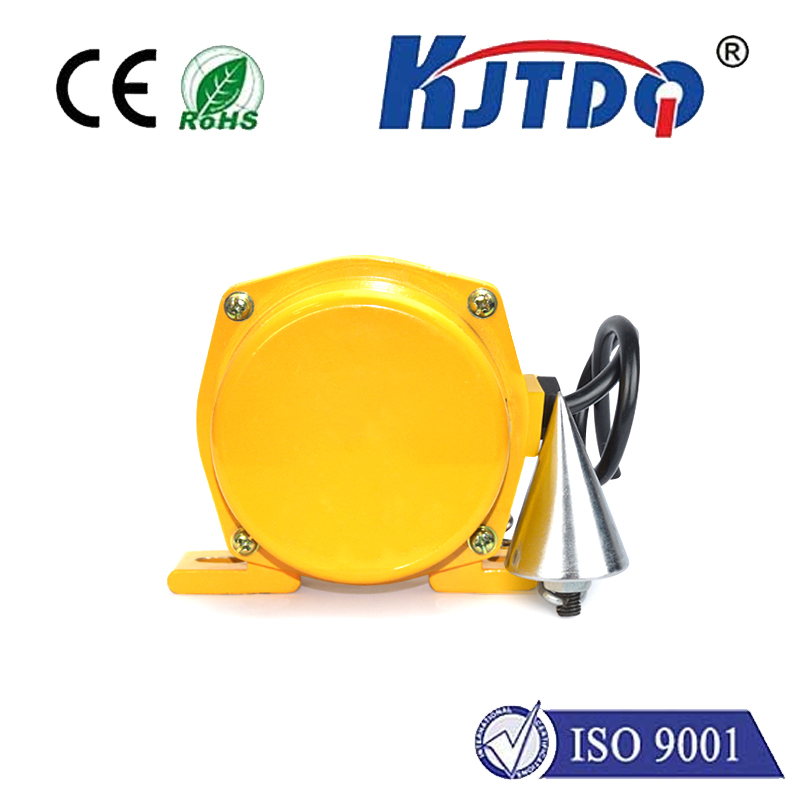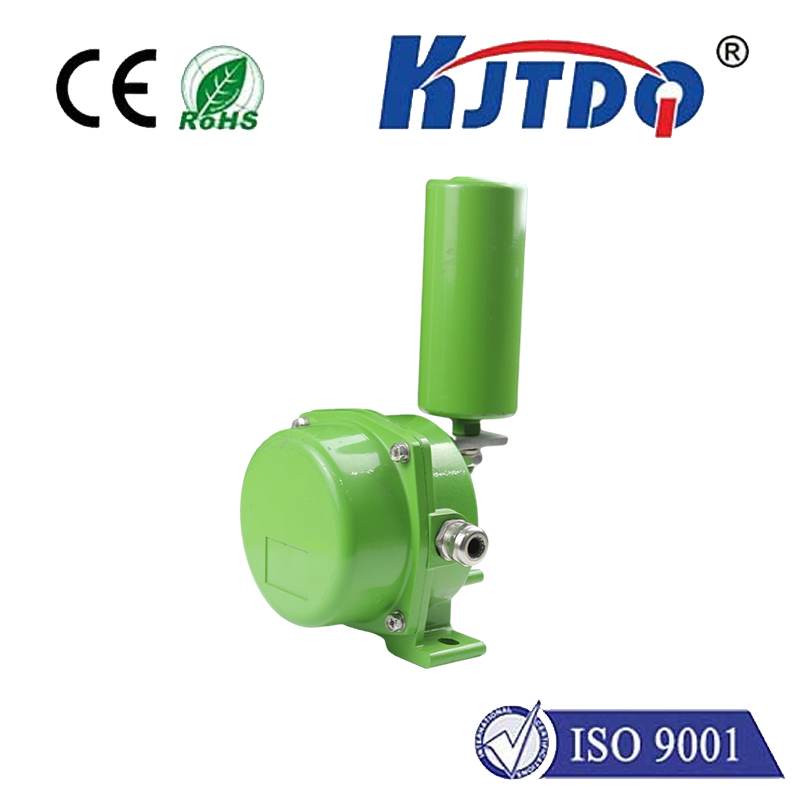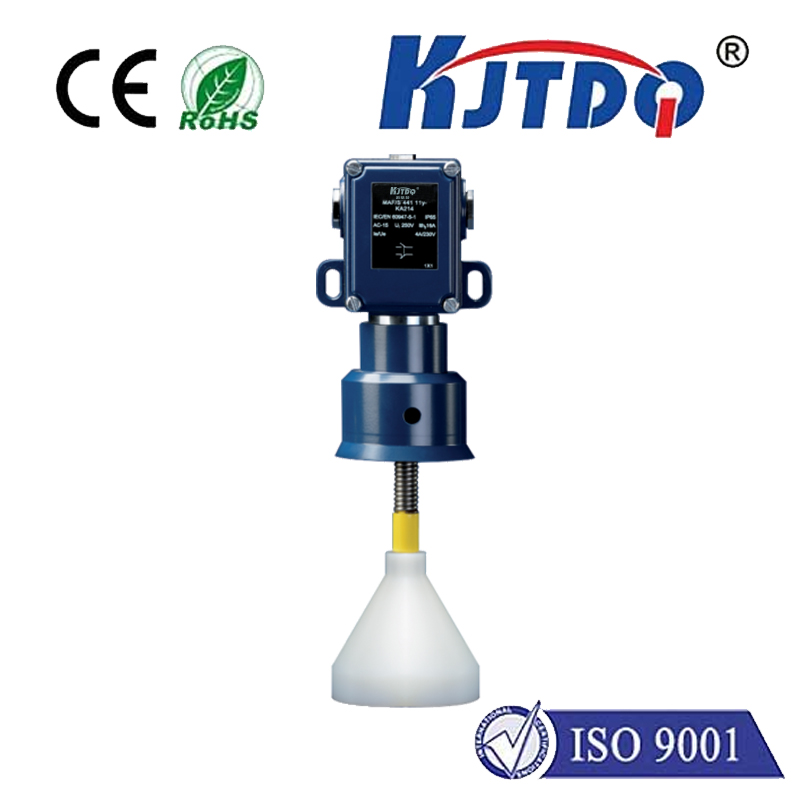

check

check

check

check
Optical Fiber Sensor Technology: The Future of Smart Sensing
In recent years, the field of optical fiber sensors has emerged as a key innovation in monitoring and detecting various physical and chemical parameters. These sensors are widely used in industries such as aerospace, energy, and healthcare due to their high precision, durability, and ability to operate in harsh environments. One of the most notable developments in this field is the FU-34 optical fiber sensor, which has become a standard in modern sensing technology.
The FU-34 optical fiber sensor is designed to measure a variety of parameters, including temperature, strain, pressure, and chemical concentration. Its unique design and material composition make it highly reliable and suitable for applications where traditional sensors may not perform as well. This sensor typically uses a fiber optic cable as its core, with integrated optical components that allow for the detection and transmission of signals with high accuracy.

At the heart of the FU-34 is the photonic detection principle, which involves the use of light to measure changes in the physical properties of the material. When the sensor is subjected to a change in temperature or mechanical stress, the light traveling through the fiber optic cable experiences a shift in wavelength or intensity. These changes are then converted into electrical signals, which can be processed and analyzed to provide real-time data.
One of the major advantages of FU-34 optical fiber sensors is their ability to operate in extreme conditions. Unlike electronic sensors, which can be susceptible to electromagnetic interference and require frequent maintenance, the FU-34 is immune to such issues and can function reliably in high-temperature, high-pressure, or even corrosive environments. This makes it an ideal choice for use in aerospace applications, where sensors must withstand the intense conditions of flight and space travel.
Another notable feature of the FU-34 is its non-invasive design. The sensor does not require physical contact with the environment it is measuring, which reduces the risk of damage and allows for more accurate readings. This makes it particularly useful in applications such as pipeline monitoring, where the sensor must be placed in a location that is difficult to access.
The FU-34 also offers high sensitivity and low power consumption, making it an energy-efficient solution. This is especially important in applications where power is a constraint, such as in remote sensing systems. The sensor’s ability to provide real-time data with minimal power usage ensures that it can be deployed in a wide range of applications, from industrial monitoring to environmental sensing.
In addition to its technical advantages, the FU-34 has also demonstrated excellent reliability and longevity. The sensor is built with high-quality materials and undergoes rigorous testing to ensure its performance over extended periods. This makes it a preferred choice for applications that require long-term stability and consistency.
The FU-34 optical fiber sensor represents a significant advancement in the field of smart sensing technology. Its unique design, high accuracy, and versatility make it an essential tool in modern industrial and scientific applications. As technology continues to evolve, the role of optical fiber sensors like the FU-34 will only become more prominent.
In conclusion, the FU-34 optical fiber sensor is a groundbreaking innovation that combines the benefits of optical sensing with the reliability of modern engineering. Its potential to revolutionize the way we monitor and respond to environmental and mechanical changes makes it a must-have for professionals in various industries.
